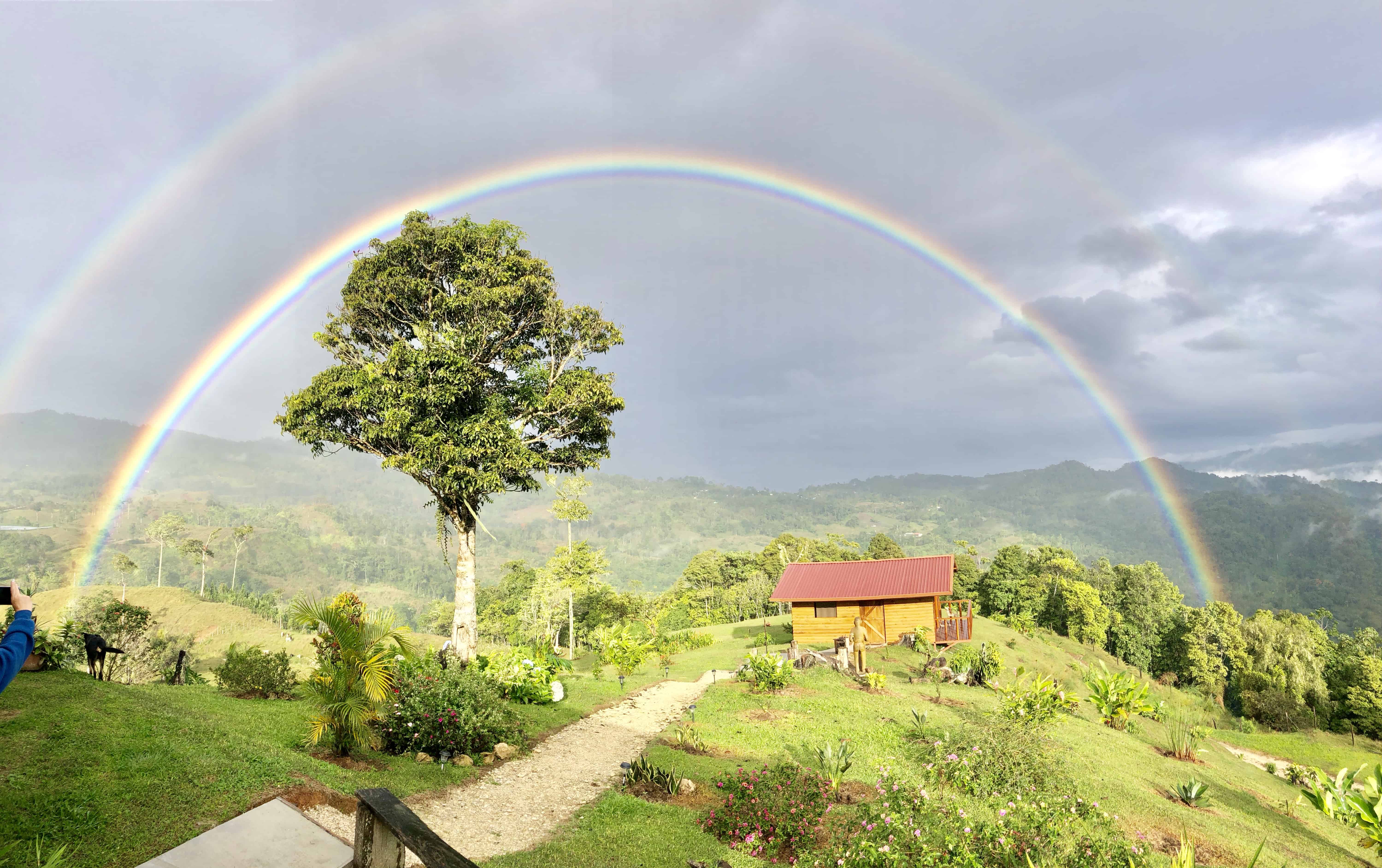While spending more than two weeks hiking Camino de Costa Rica, a 280-kilometer trail from Costa Rica’s Atlantic to Pacific coasts, the country’s natural beauty took a surprising backseat for Eduardo Cartin.
Cartin, a tico, recounted in early January the 16-day journey at the trek’s conclusion in Quepos, Puntarenas.
“In addition to the scenic trail, being able to experience the microclimates, the mountains, the views, the volcanoes, the tropical rainforests, the dry forests and the cloud forests was so incredible,” he said.
“But the human contact is invaluable, and it’s something very beautiful.”
And that’s Camino de Costa Rica’s goal. The coast-to-coast trail is the creation of Asociación Mar a Mar, a nonprofit with an objective to promote sustainable economic development in rural villages that typically don’t receive many tourists.
Many of the hike’s overnight stops are at families’ houses, where the group spends the evening learning the family business or participating in cultural activities.
“It was an experience full of blessings, sometimes of miracles, and of a lot of caring,” Cartin said. “Many families received us as if we were their long-lost sons. They received us as a family, to share in their houses and cultural activities.
“All the encounters with those people are priceless, because they treat you like family, like a brother. Being able to support those families […] was invaluable.”
Stops include Valle Escondido, home to members of the Cabécar indigenous group, and a community which is only accessible via boat.
“I really appreciated the aspect of bringing tourism to the rural parts of the country, and to be able to be a part of that was very meaningful to me,” said Caryn Steele, who completed the journey with her husband Keith.
The route itself is comprised mainly of rural roads, but several sections have the option to take a forest trail. Most days feature relatively easy hikes of about 15 kilometers, but five segments have more advanced attributes.
Along the way, hikers will experience firsthand Costa Rica’s biodiversity. Jan Tuinstra, who has lived in Costa Rica for 37 years, said a highlight was spotting a flock of about 25 great green macaws — a notable occurrence given the species’ recent rebound from critical endangerment.
“We saw a lot of Costa Rica that we normally don’t see,” he said, “and just sharing this with all these friends was great, great, great.
“[…] It was an experience that anyone should do.”

The Costa Rica USA Foundation for Cooperation (CRUSA) supports sustainable development in Costa Rica with a focus on green and blue value chains, waste management, sustainable transport, education and leadership in philanthropy. Its U.S. counterpart, Amigos of Costa Rica, connects outstanding Costa Rican nonprofits with donors who can make U.S.-tax deductible donations to the nonprofits at www.amigosofcostarica.org.






